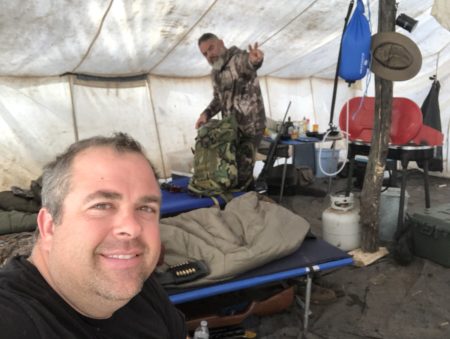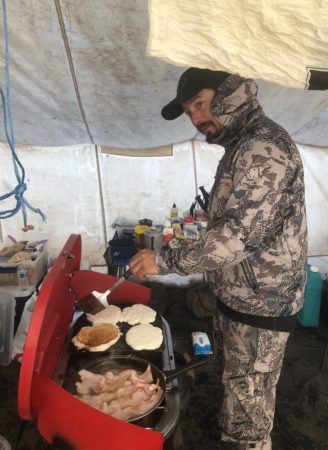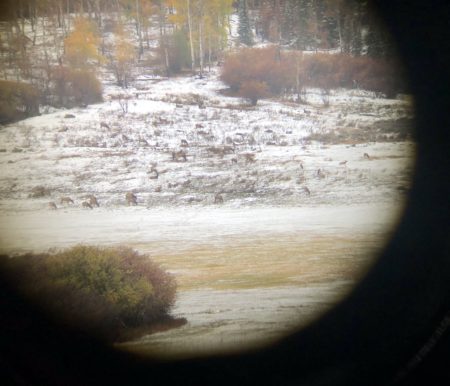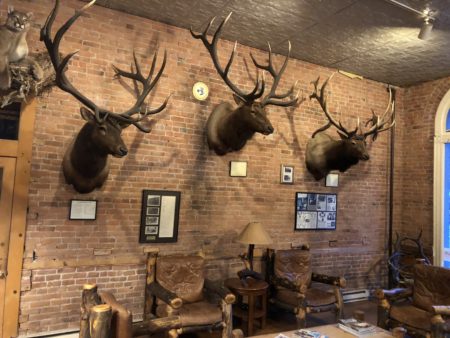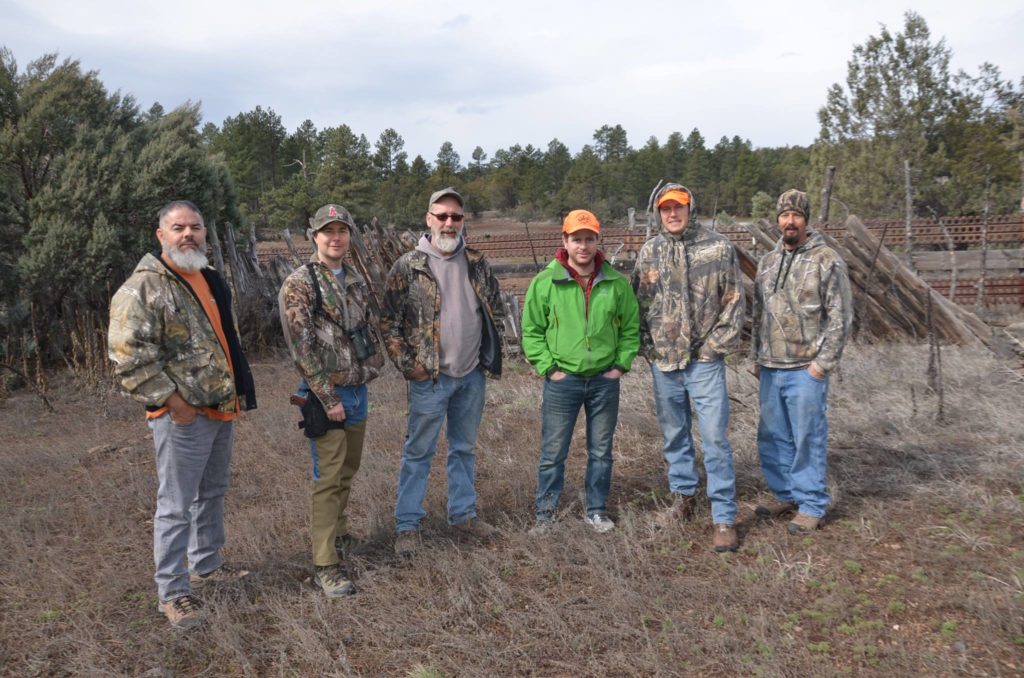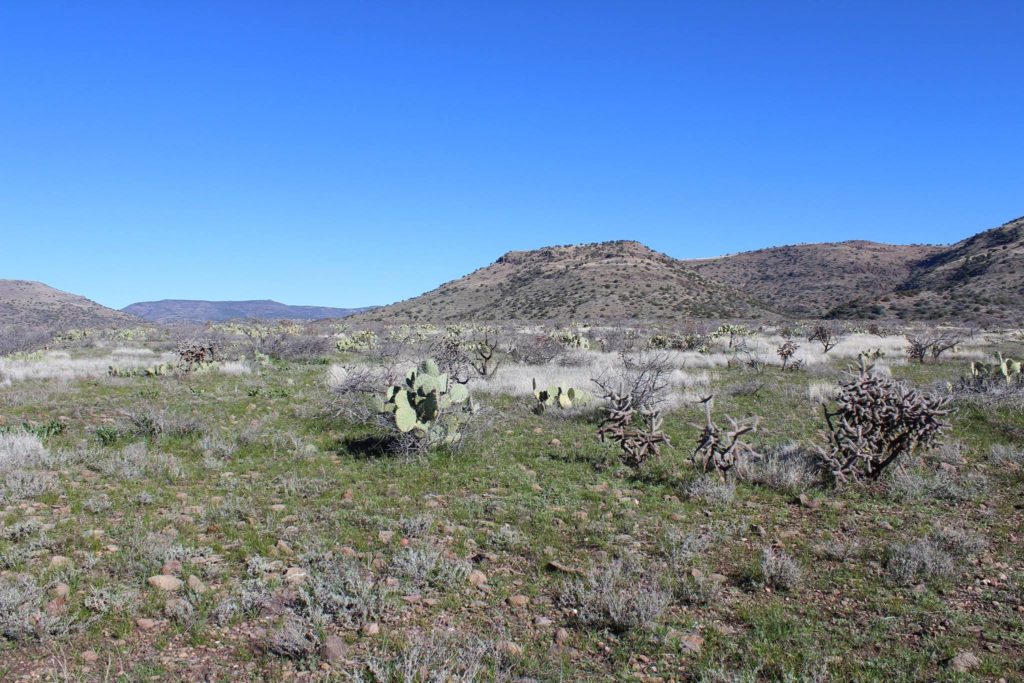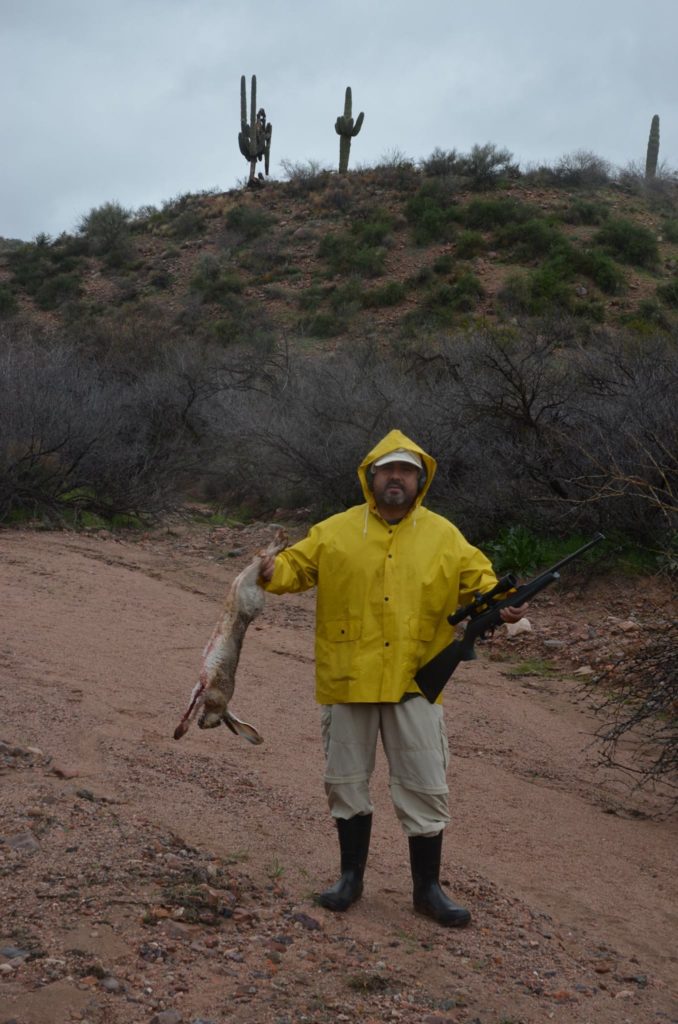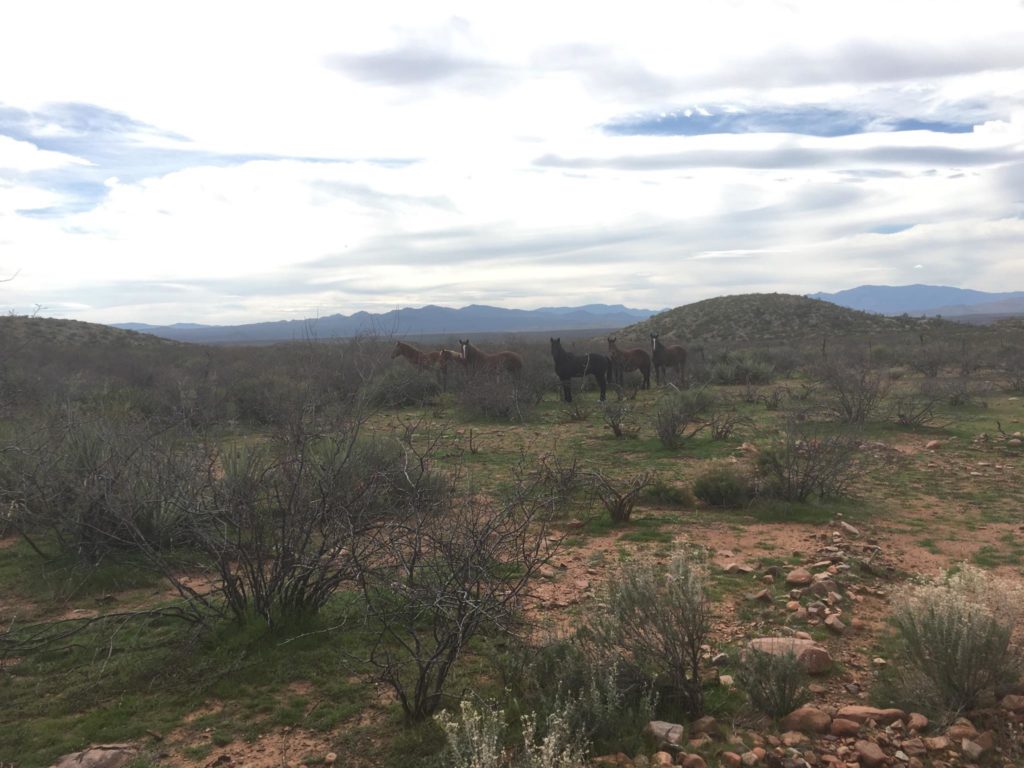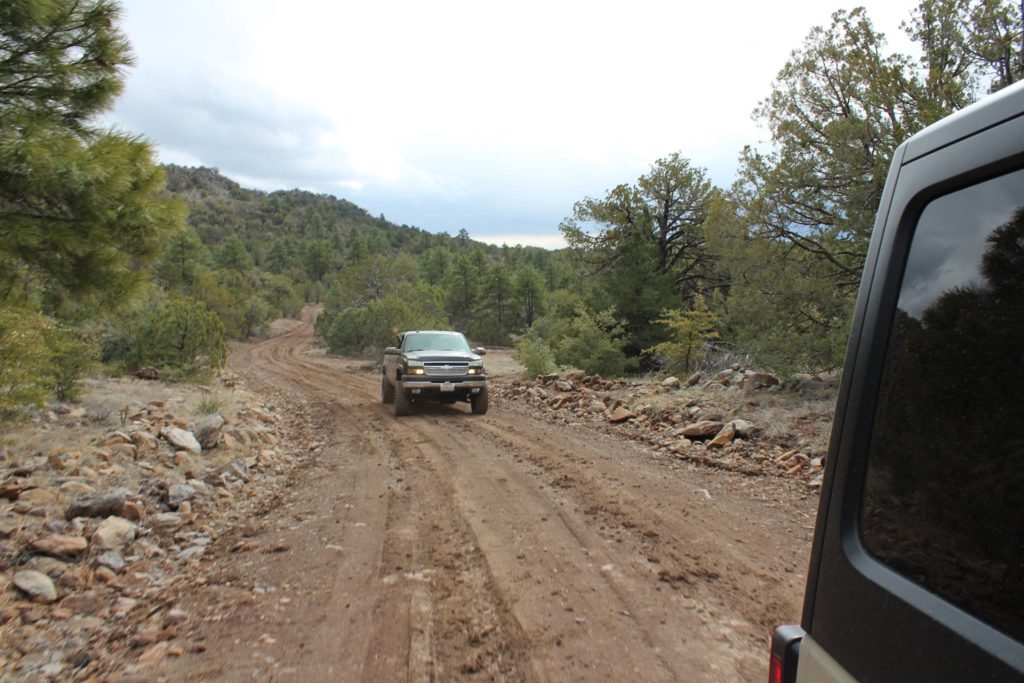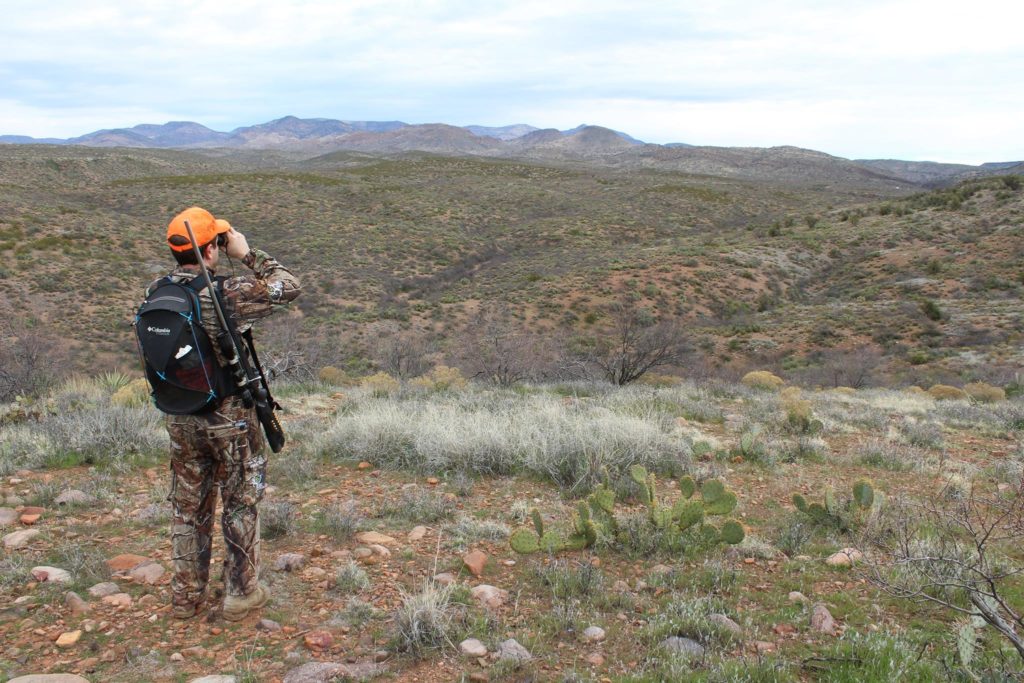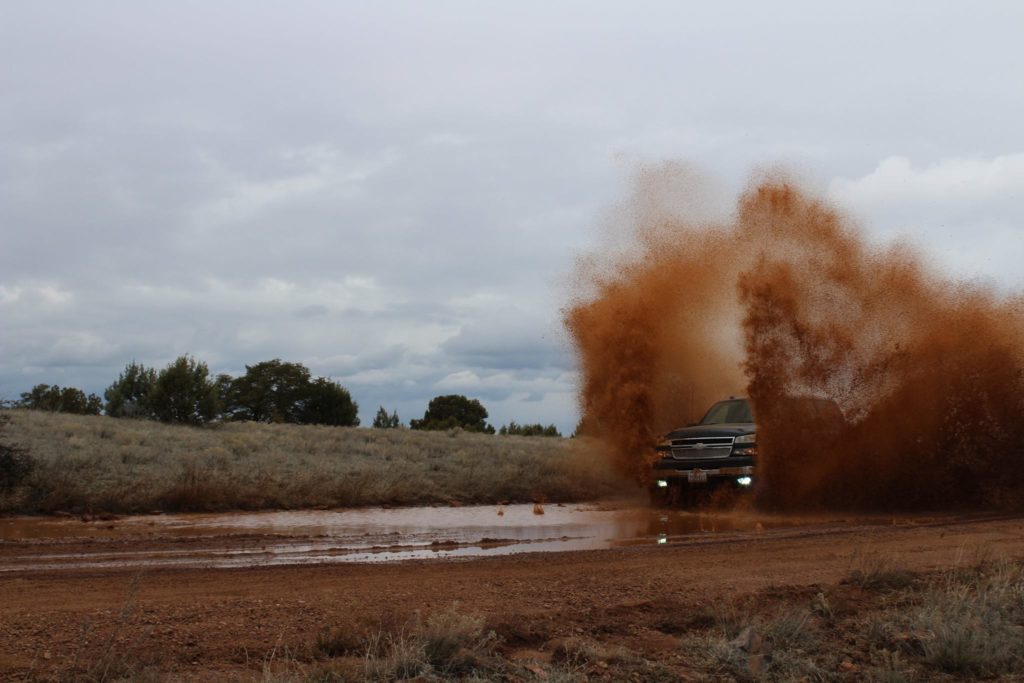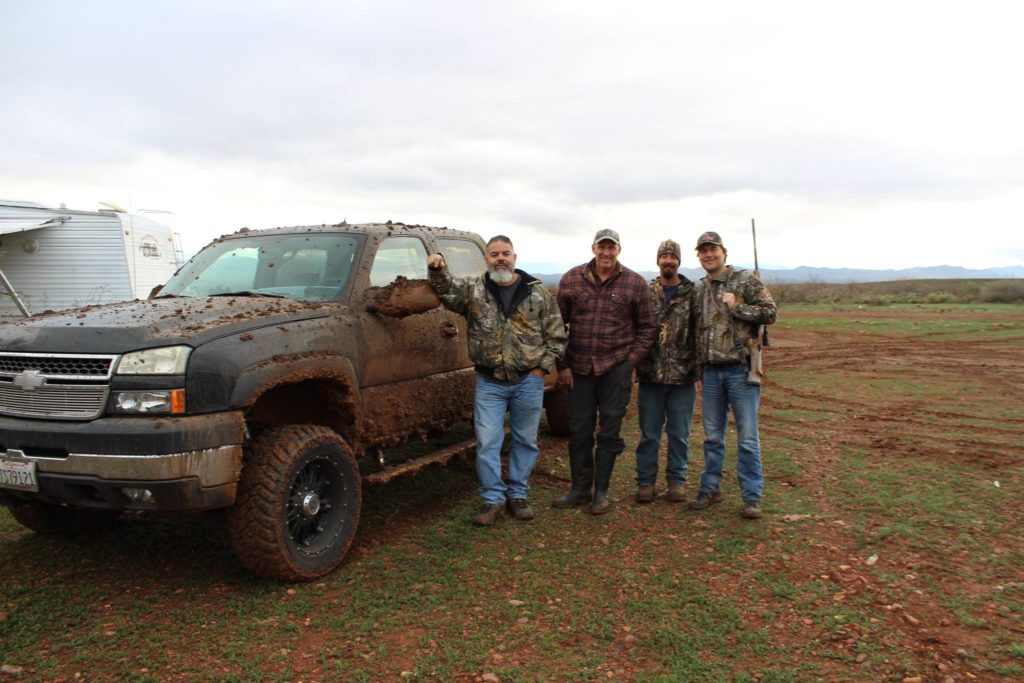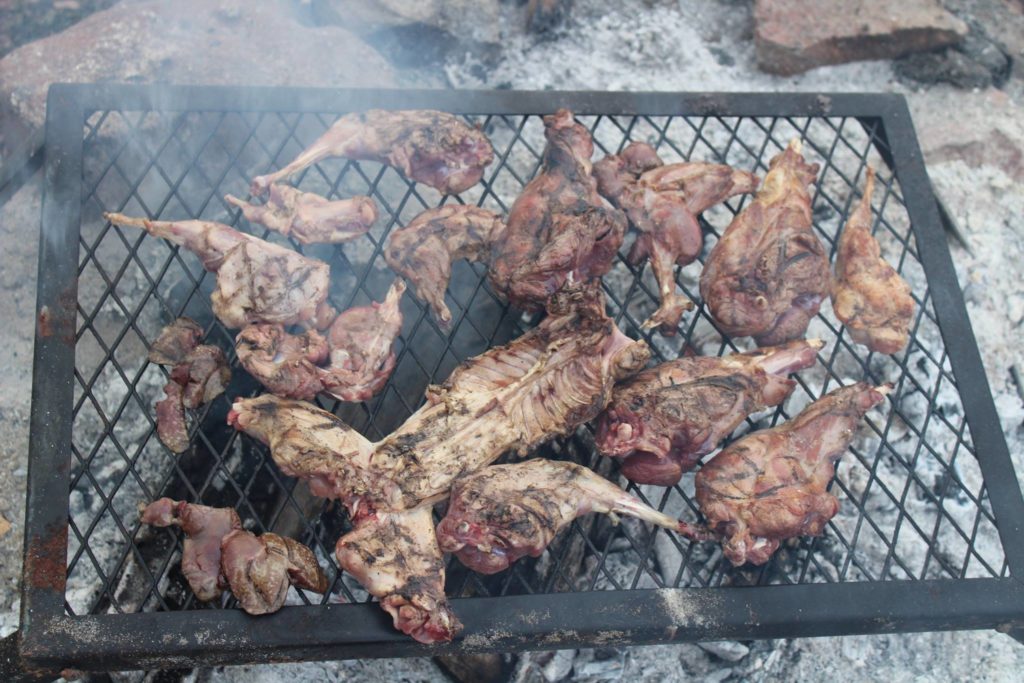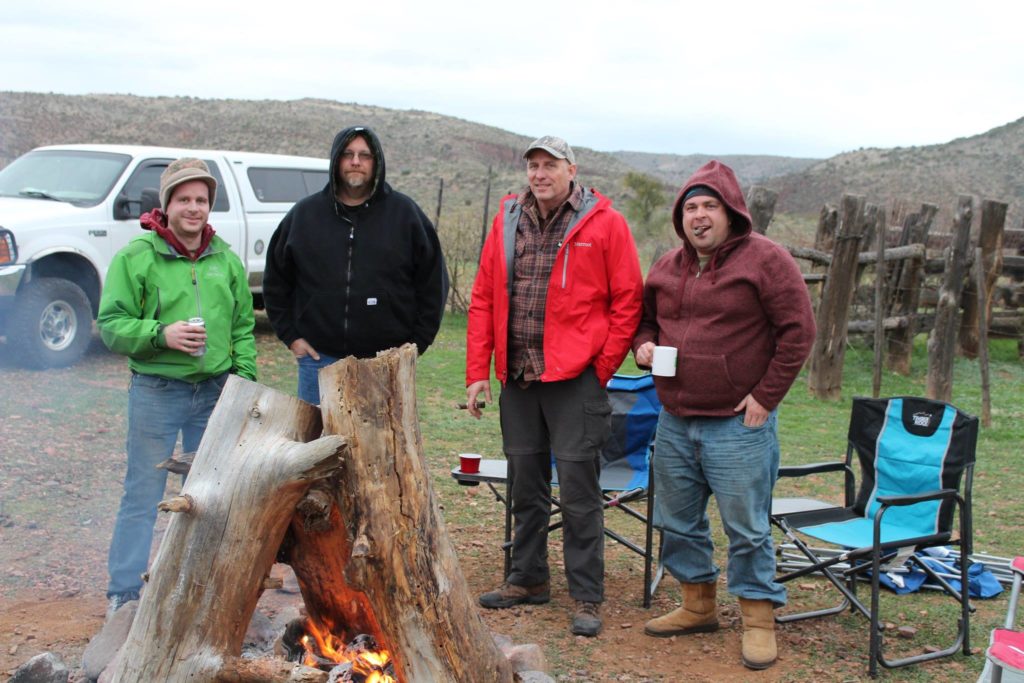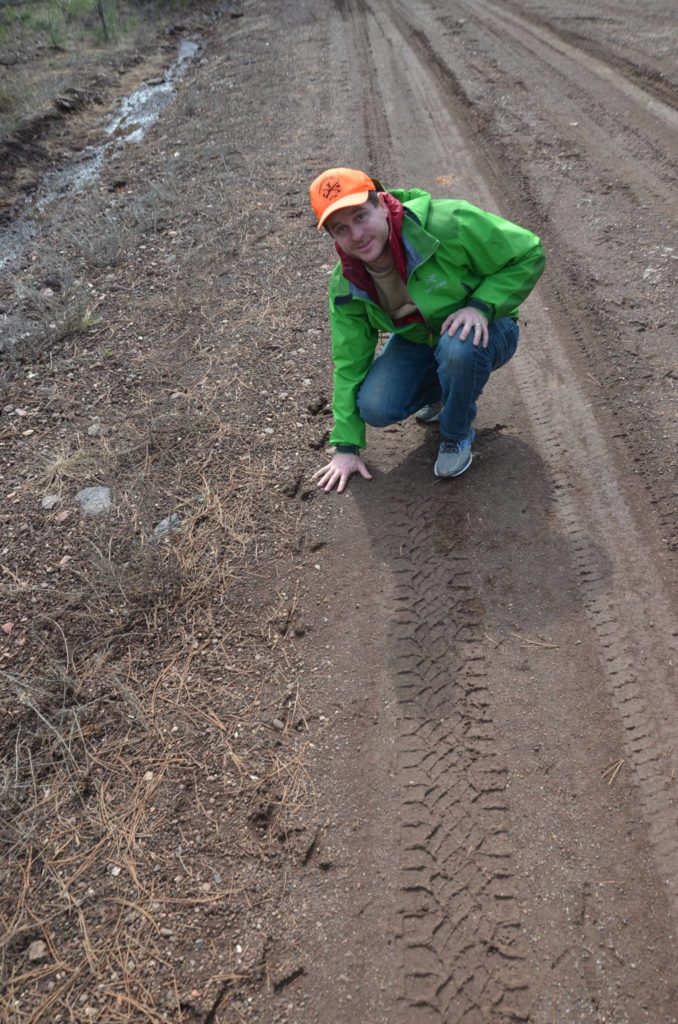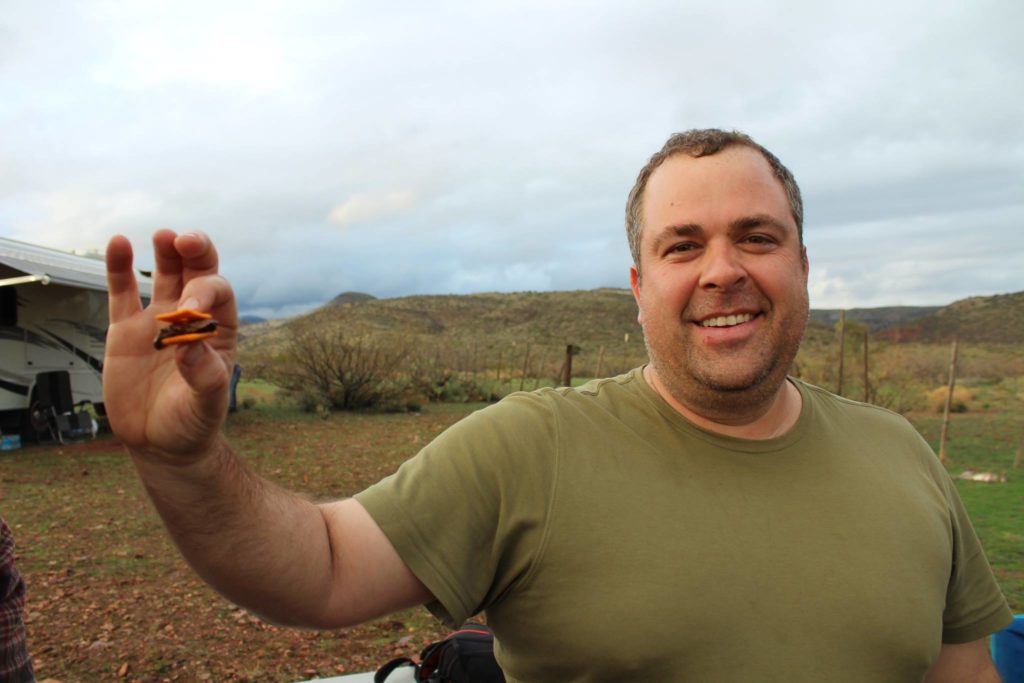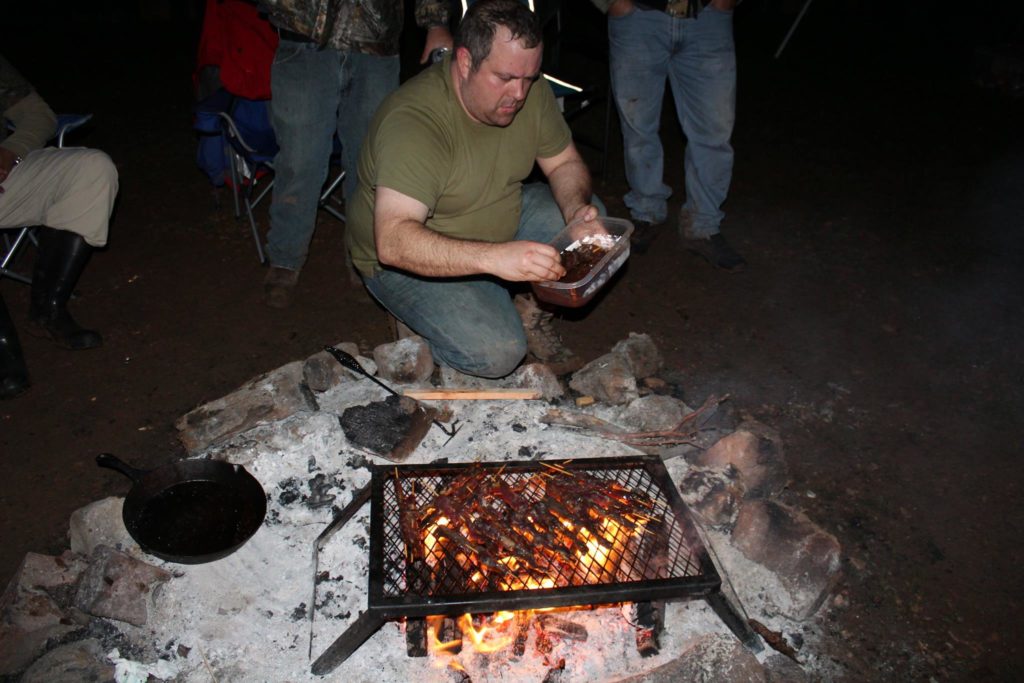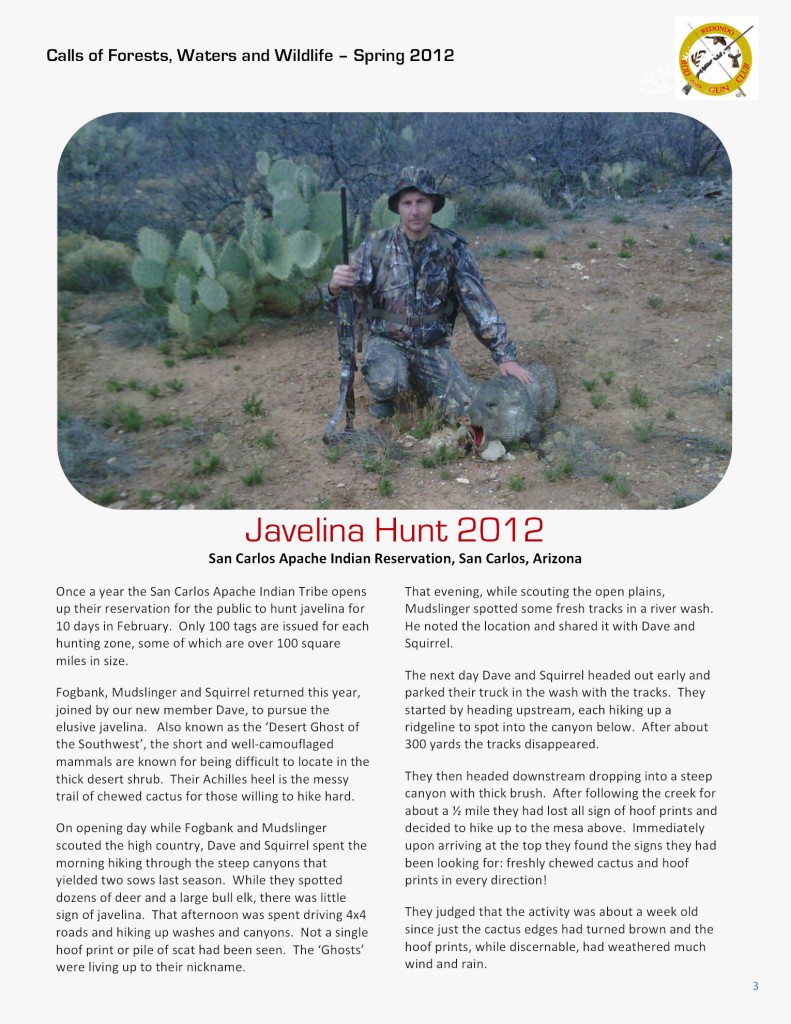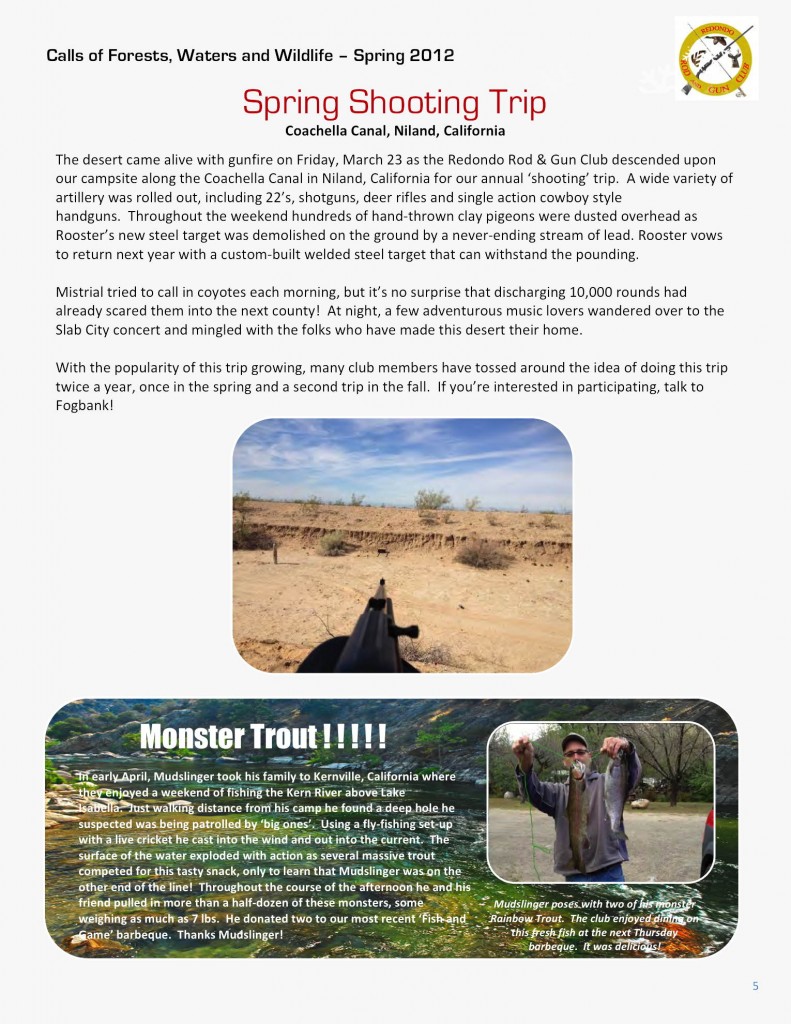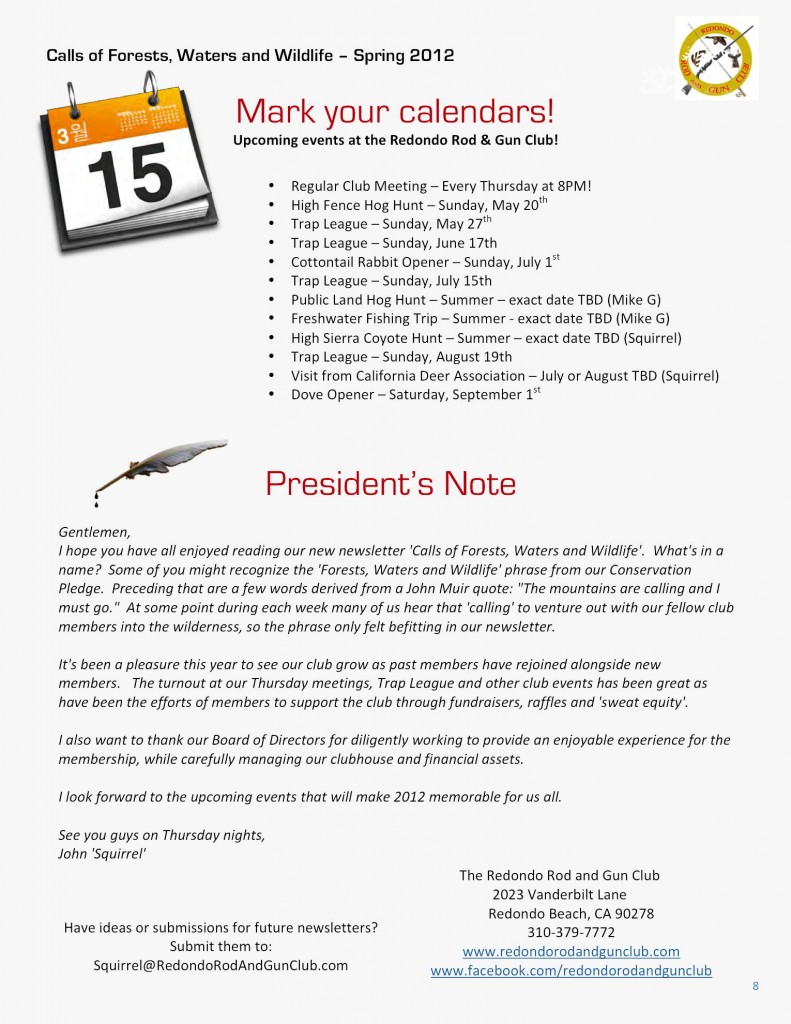If you want to start a heated discussion, ask a group of hunters …. “What is the best hunting caliber for North America?” As a firearms geek, I love to partake in that discussion. In this article, I will cover how to select a rifle cartridge that is appropriately matched to the most popular Big Game species in North America.
In the United States we are truly blessed with a plethora of caliber options. Consequently, our bountiful caliber options can be overwhelming. This article is limited to cartridge selection and not the rifle platform. Rifle selection is an article in itself. (In a future article we will discuss how to select the perfect hunting rifle) If you want to ‘dive in to the deep end’, read “American Hunting Rifles II” by Col. Craig Boddington.
There are three main considerations when selecting a hunting caliber.
a) What are you shooting at?
b) How far will you likely be shooting?
c) What is the availability and affordability of factory ammunition in that caliber?
The bullet weight must match the size of the desired game animal. If the bullet is too large, you will lose a tremendous amount of precious game meat. Conversely, if the bullet is too small, you risk never recovering the wounded animal. Let’s just establish the fact that a bigger caliber will not always compensate for a poorly placed shot. As a contrarian, Roy Weatherby would argue that velocity is a great compensator for a badly placed shot. With that said, hunters should strive for a clean shot that delivers a humane kill. Without question, velocity does enhance the killing power of a bullet. Higher velocity calibers generate more hydrostatic energy to muscle fibers and blood vessels. It is critical to find the right balance between lethality and meat loss. Achieving a clean kill is a hunter’s most virtuous endeavor.
North America Game Animals
North America offers various game animals whose flesh is coveted by Hunters. In the West, the Mule Deer, Elk, Bison and Pronghorn Antelope. Stretching from East to Mid-west, White-Tail Deer, Black Bear and Wild Boar. As we consider a caliber for each animal, we must also consider the animal’s weight and distance the shot will be taken. Probable shot distance is based on the topography and density of indigenous vegetation. Wide open terrain with little tree cover offers longer range shots. Dark timber and dense forrest offers closer range shots.
First, consider the size of the animal and then context of the shot. The rolling hills of California’s Central Coast may offer 300–700-yard shots. Open prairies of Wyoming will offer +300yds shots at high wind. Rocky Mountain Elk are large bodied game animals. The Rocky Mountains of Colorado’s Elk country offer both short and long-range shots. Let’s cover the options of cartridges by species and body size.
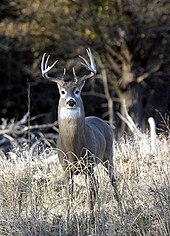
Best Caliber for Deer?
I know, “more animals have been taken with a 30-30 Winchester than any other rifle.” I love the 30-30 and it will perform great with modern bullets on deer. Let’s explore some additional options. For Whitetail and Mule, consider their size when choosing a rifle caliber. A mature Doe can weigh between 95lb to 120lb. The corresponding bullet weights 70 grains to 90 grains. The potential shooting distance; up to 400 yards.
Common cartridges within these parameters include: 243Winchester with a 85 grain Barnes Bullet, 6mm Remington with a 85 grain Barnes bullet. A lighter recoiling option is a 22-250 Remington loaded with a 53 grain Barnes TSX. The popular 223 Remington is a great deer cartridge when loaded with a heavier bullet such as a 75 grain Hornady A-Max or 70 grain Barnes TSX (my preferred bullet). At 400 yards or less the 223 Remington and 243 Winchester are great low recoil cartridge options.
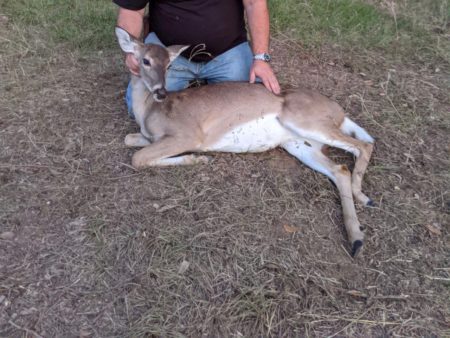
This season, I harvested 2 Whitetail Doe in Texas with a 223 Remington hand loaded with 70 Grain Barnes TSX bullets. Both Doe were harvested cleanly with almost no blood-shot to muscle fibers. Shots taken between, 75 yds and 100 yds respectively. This type of cartridge performance makes a good case study for the smaller and faster calibers. Conversely, the Whitetail Doe harvested with 7mm Remington cartridges, suffered significant blood-shot trauma resulting in excessive meat loss. I am not saying that you should not shoot deer with a 7mm, just know that you will lose a lot of meat if you don’t apply a headshot.
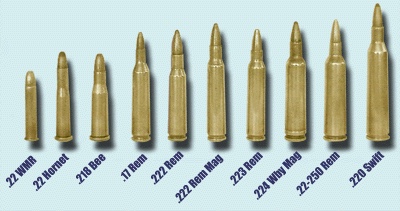
My 223 Remington loads proved to be an excellent choice for deer sized game animals. As a result, it is unlikely that I will ever hunt deer with any bullet larger than 100 grains. Using larger bullets on smaller bodied animals may needless waste game meat.
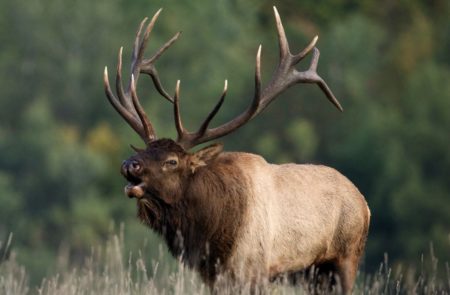
Best caliber for Elk hunting?
Elk meat is some of the most coveted game meat by hunters in North America. Rocky Mountain Elk hunting in the Flattop Mountains of Colorado offers Sportsmen a tremendous hunting opportunity. Elk are +400lb animals. A plausible shot distance for Elk can range from 80 yards to +400 yards. Appropriate bullet weight for Elk starts at 140 grains to 180 grains. Cartridges that offer those bullet weights are 270 Winchester, any of the .284 calibers like the 7mm Remington, 7mm-08 Remington, the 30 calibers 308 Winchester, 30-06 Springfield, 300 Remington Ultra Mag, 300 Win mag and 300 Weatherby. In Elk camp, hunters typically shoulder a 30-06 Springfield, 300 Win Mag or the quintessential Elk cartridge, the 300 Weatherby.


Personally, I have killed Elk with both a 30-06 Springfield and 300 Weatherby. My favorite rifle, a Weatherby Vanguard chambered in 300 Weatherby has ‘rung the bell’ of pigs, elk, deer and steel targets at 1275 yards. I keep the spent case and recovered the bullets of game animals harvested. They become part of my collection of memories associated with the hunt. Loading the ammunition also provides confidence in the performance of a thoroughly tested cartridge load.

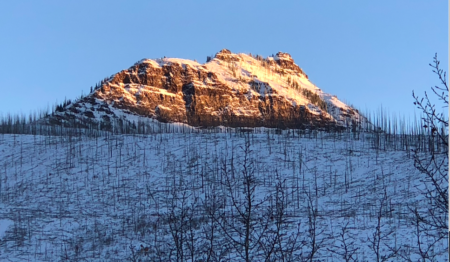
My Elk hunting adventures took place in the Flattop Mountains along the east fork of the White River in Colorado. For context, the shots were at distances of 70 yards and 100 yards respectively. Ironically, this gun is set up for +700 yard shooting. The most memorable elk adventure was when I shot a trophy Elk from the prone position inside of my tent. The 300 Weatherby hammered a trophy “Wapiti” with a single shot 100 yards from my tent (More on that story to be posted)
SIDE NOTE:
Every rifle has a velocity that will increase accuracy. Bullet velocity can be inconsistent among different rifles of the same caliber. Hand loading is a good way to make adjustments to a cartridge and produce consistent bullet velocities from shot-to-shot.
My Weatherby Vanguard shoots best with a 180Gr bullet Barnes TSX bullet. In 2012, I harvested a respectable Elk with this rifle. The bullet crossed the Elk diagonally and was recovered from the opposite end of the carcass. It produced a wound channel 38″ – 42″ deep with a hydrostatic shock measuring 12″ in diameter. The bull Elk only moved 12 yards and expired. Below is a picture of the case and recovered bullet.
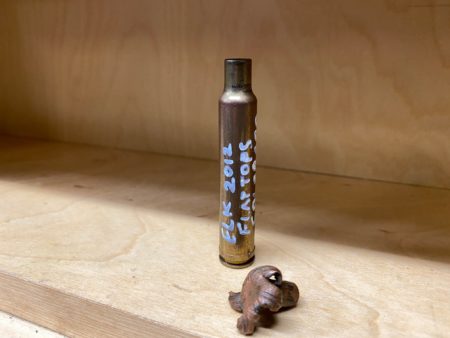
Wild Pig
Wild pigs are some of my favorite game animals. They are tough, clever and tasty! I have dispatched pigs with handgun, rifle, spear and knife. Truly a working man’s game species. They are both prolific and affordable to hunt. With Pig, the scenario of the hunt is a major factor in cartridge selection. Hunters should choose wisely.
If you wound a pig with a poorly placed shot, you may not recover it. They do not bleed much if you foul a lung shot. These animals require a 130 grain minimum bullet with a 168 gr bullet being very appropriate. Head shots are always a good tactic for anchoring large hogs in deep cover. With hogs, a heavier bullet to the shoulder will anchor them effectively but you loose a lot of meat (head shots work best).
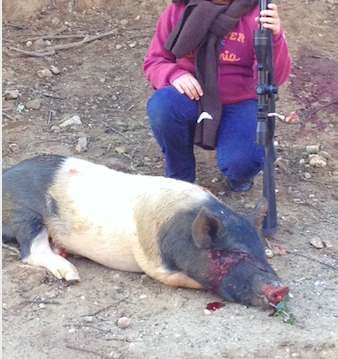
Calibers for Pigs: 270 Winchester, 6.5 Creedmore, any of the .284 calibers like the 7mm Remington, 7mm-08 Remington, the 30 calibers: 30-30 Winchester, 308 Winchester, 30-06 Springfield. You could use a 300 Win Mag with a lighter bullet 130-150 Gr. If using a heavier bullet, consider taking a headshot like in the picture above.
Pronghorn Antelope
Full disclosure, I have not yet killed a Pronghorn Antelope. I plan on hunting Wyoming for Pronghorn Antelope in 2021. Club member Fowl, has hunted Wyoming with success for several years and I plan to hitch along to learn the hunting area. Bullet weight for Antelope, 130 gr to 150 gr for shots up to 500 yards.

Cartridge of choice would be 308 Winchester, 6.5 Creedmore or 7mm Remington Magnum. I will hunt with my 7mm Remington Mag because it likes a 140 grain Barnes TSX bullets. This load allows the flexibility to take shots from 200 to 600 yards with a high degree of confidence. Granted a 140 Gr. bullet weight is a bit large for a Doe Antelope (they weigh 75 lb -110 lb). However, Buck Antelope weigh 100lb to 140lb with a probable long range shot at highwind.
In wide open country with longer shots (+450 yards), consider the longer/heavier 140 Gr bullet. Barnes also makes 120 Gr TSX Bob-tail bullet. This smaller bullet is better for Antelope body size; however, it is light for a longer-range shot +550 yards. This is why, I say context is everything! In preparation for this hunt, I will experiment with both bullet weights and evaluate their respective performance at +500 yards. I will share those findings in a future blog article.
Synopsis:
North America hunting offers an exciting opportunity to hunt different terrain and diverse big game animals. I think that calibers that offer bullet weights ranging between 140 gr -150 gr bullets, offer the most versatility. These calibers will be suitable for 90% of North American hunting scenarios. Notice that I reference the Barnes Copper only bullets. Eating lead is not wise, especially when such a fenominal line of bullets are available to hunters.
The following cartridges meet these criteria:
270 Winchester
7 mm Remington
6.5 Creedmore
308 Winchester
30-06 Springfield
The next thing to consider is the statue and recoil sensitivity of the shooter. Smaller shooters may consider the 270 Winchester, 6.5 Creedmore and 308 Winchester
Selecting a new hunting rifle should not be stressful. Pick a hunting rifle cartridge that has a heritage and proven success in the field. Now you know how to match your bullet weight appropriately for the game of your next pursuit!
What are you thoughts? Please post you comments below.
-Langosta ’45, December 31, 2020

